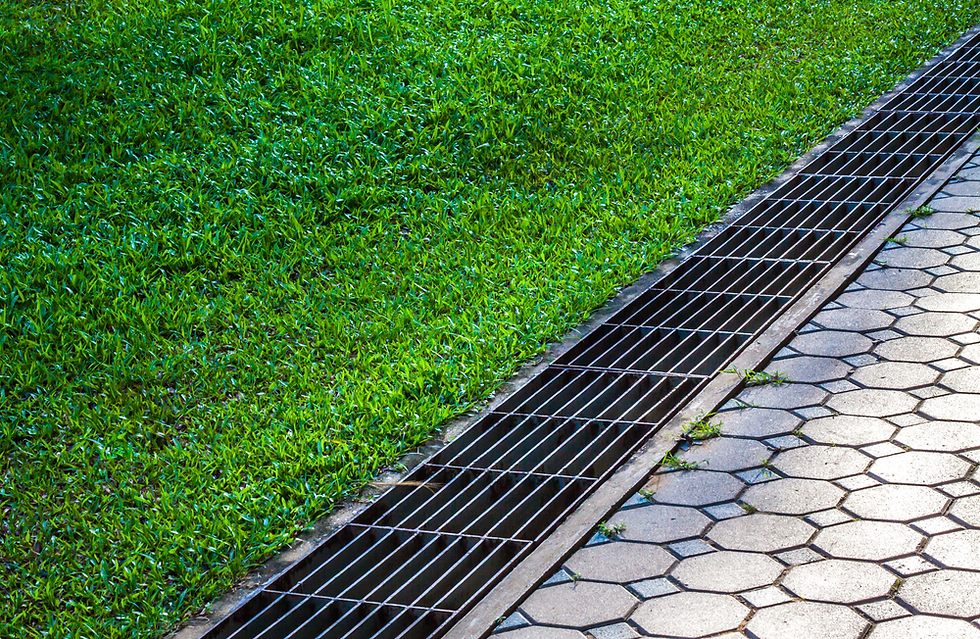Enhance the look of your property with Installation of Shade Sails
- Mark Simon
- Oct 19, 2016
- 3 min read
Shade sails are a versatile product that can be used to provide protection against the harmful UV rays of the sun and it is becoming a common occurrence in areas like schools and shops. Initially these shade sails were installed in the form of a non-permanent fabric that was held up in its place with the help of poles or even attached to the buildings. These custom shade sails are 2 dimensional though they might have some twists in them by placing the sails at different heights. 3D fabrics structures can also be created but they might require more tension and fixings that are stronger.
When you are looking to construct a shade sail, then you will have to consider the following factors before erecting the structure.
The main function of the sail has to be established. These are designed as semi-permanent but some of the other types of sails are solid structures that will require some level of planning. Other factors such as building regulations has to be considered and it should be able to cope up with prevailing weather conditions like snow, storms, etc. So you will have to figure out what the sails will be used for either to survive moderate wind conditions during summer or rough weather.
Anchorages is the mounting point on which the sail will be fixed. It is very important to have firm anchorages points as it will ensure that the whole structure does not collapse. The fixtures that are to be used to connect the sails with the anchorages should be able to withstand some level of tension.
The area in which the sail has to be fixed should be determined based upon the requirements. Some factors like direction of the sun rays, presence of electrical and telephone cables and water pipes will have to be considered so that nothing is in the way of the anchorages.
You can choosing the right design for the site will also be important. Some of the manufacturers offer a wide range of selection, which can be used to fit in any conditions.
The right material for the fabric should be chosen based on why the sail is required. If a waterproof sail in needed then the appropriate material can be chosen. Some low maintenance mesh will help in reducing the sun rays by up to 90% which will be very helpful to maintain a cool environment.
When planning to construct the sail, the angle of the sun’s rays and shadow cast from the fabric will have to be located. A slope is recommended to keep the water away and to prevent pooling during the rainy seasons. If you are using large triangle or sails that are flat then more slant is required to shed the rain.
Generally one side of the sail must not be greater than 30 feet. Larger sails can be done but it is not recommended.
A long cable or a type of chain should be used on one corner when it is connected to the mounting point. The other corners will be directly attached to the point with the help of a turnbuckle. Using the long chain will enable the movement of the shade up and down but using it on all sides will increase wear and tear during storms.
These shade sails have webbing edges that are generally sewn down and fixed with a binding. The webbing run for a certain distance along the edges to a strong stainless steel welded ring.
If the shades are not meant to hold snow, then it should be taken down during those seasons when snowing is possible.
If several smaller shade sails are overlapping to create a dramatic and interesting look, then chafing of the fabric is possible. This can be reduced by increasing the distance between the sails.




.png)





Comments